Amy Oldenburg Receives NSF CAREER Award
Assistant Professor Amy Oldenburg, Physics & Astronomy, has received an NSF CAREER award for her project titled “Imaging multi-scale viscoelastic properties of cancer-associated remodeling.” The project involves the development of a novel optical imaging instrument combining holography and optical coherence … Read more

